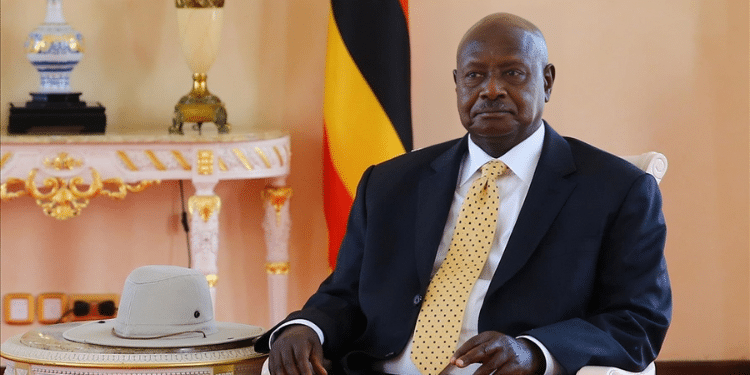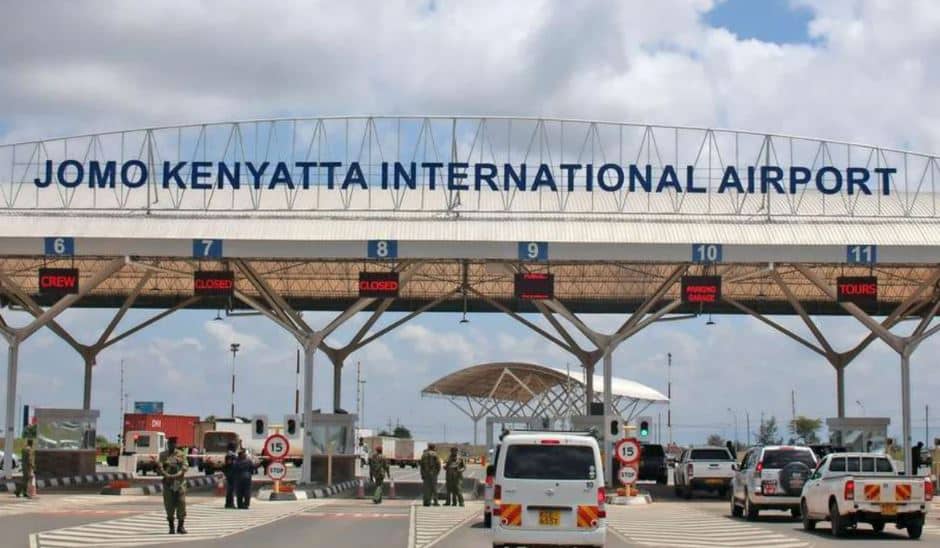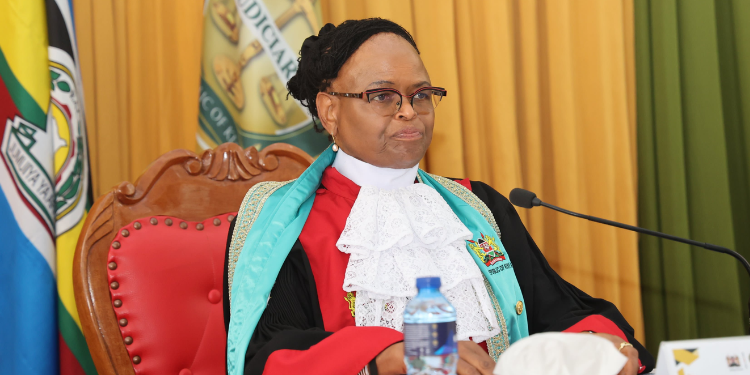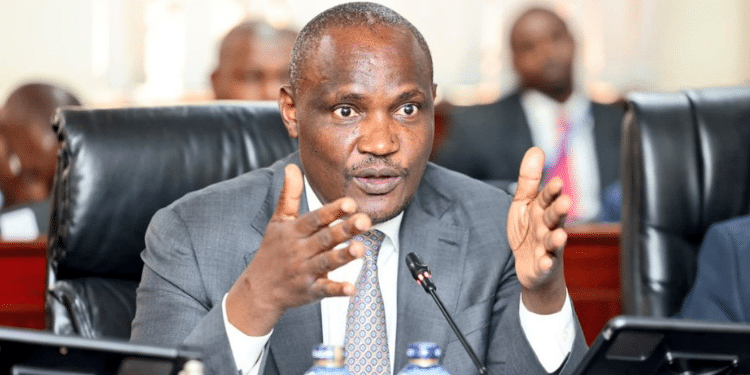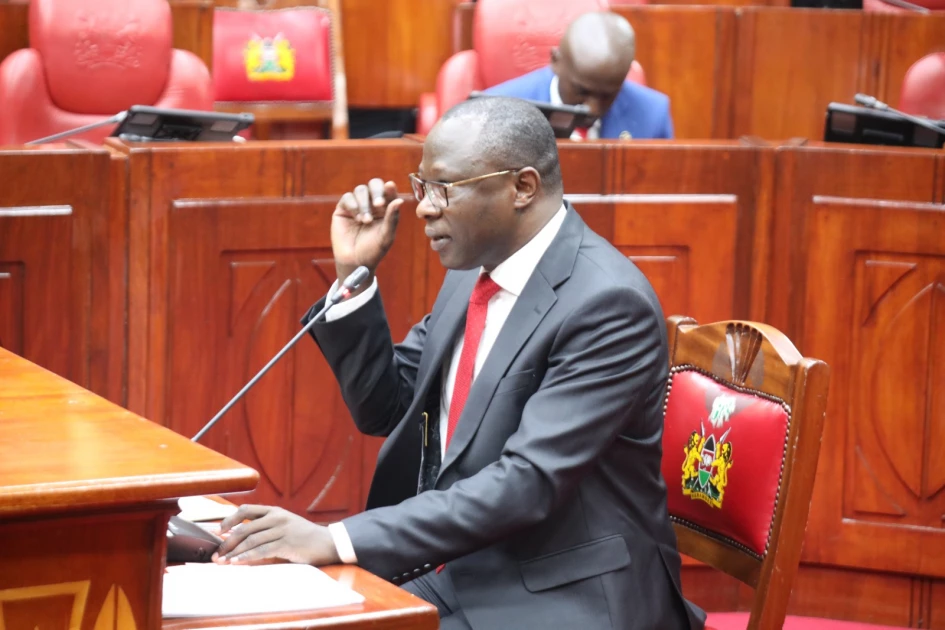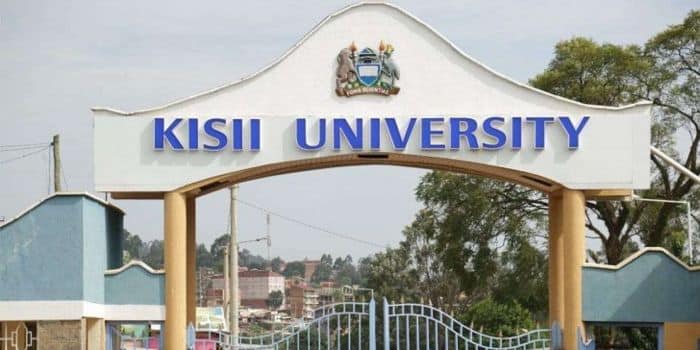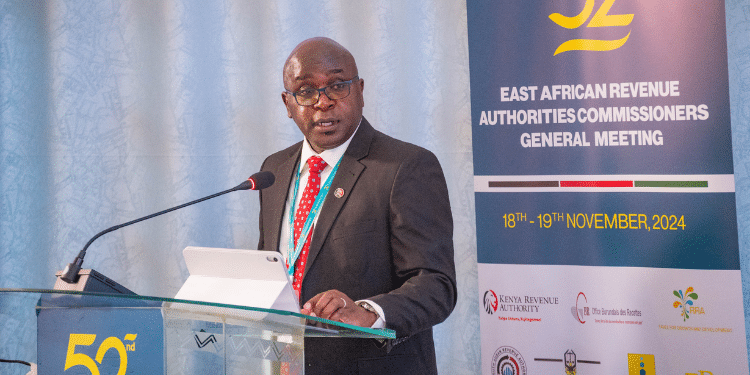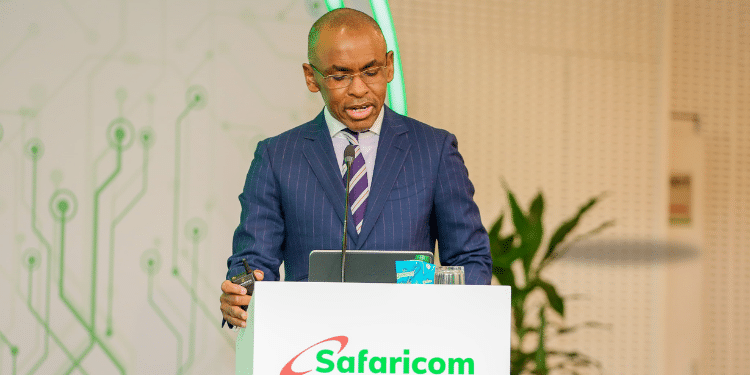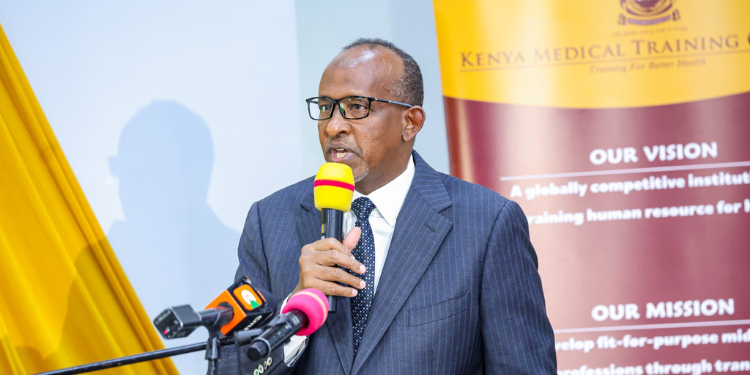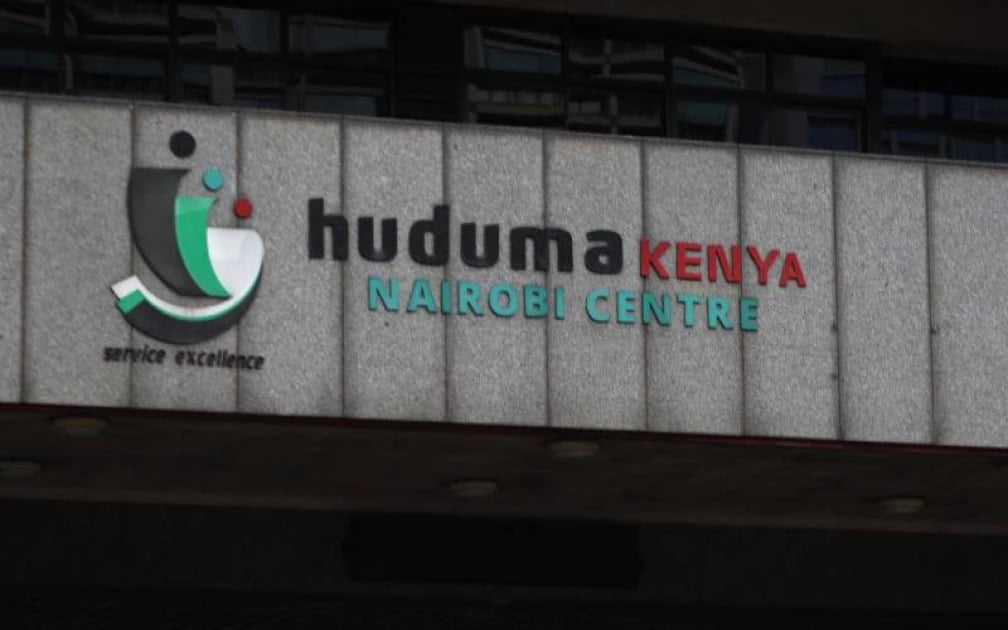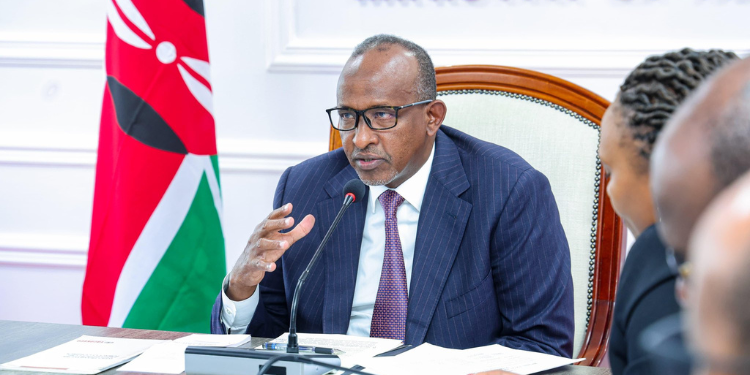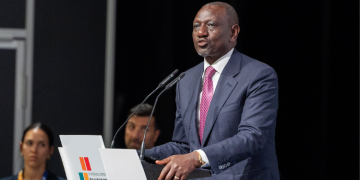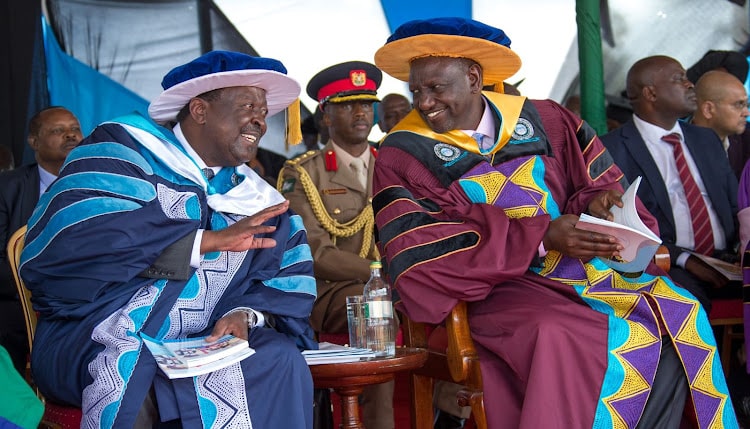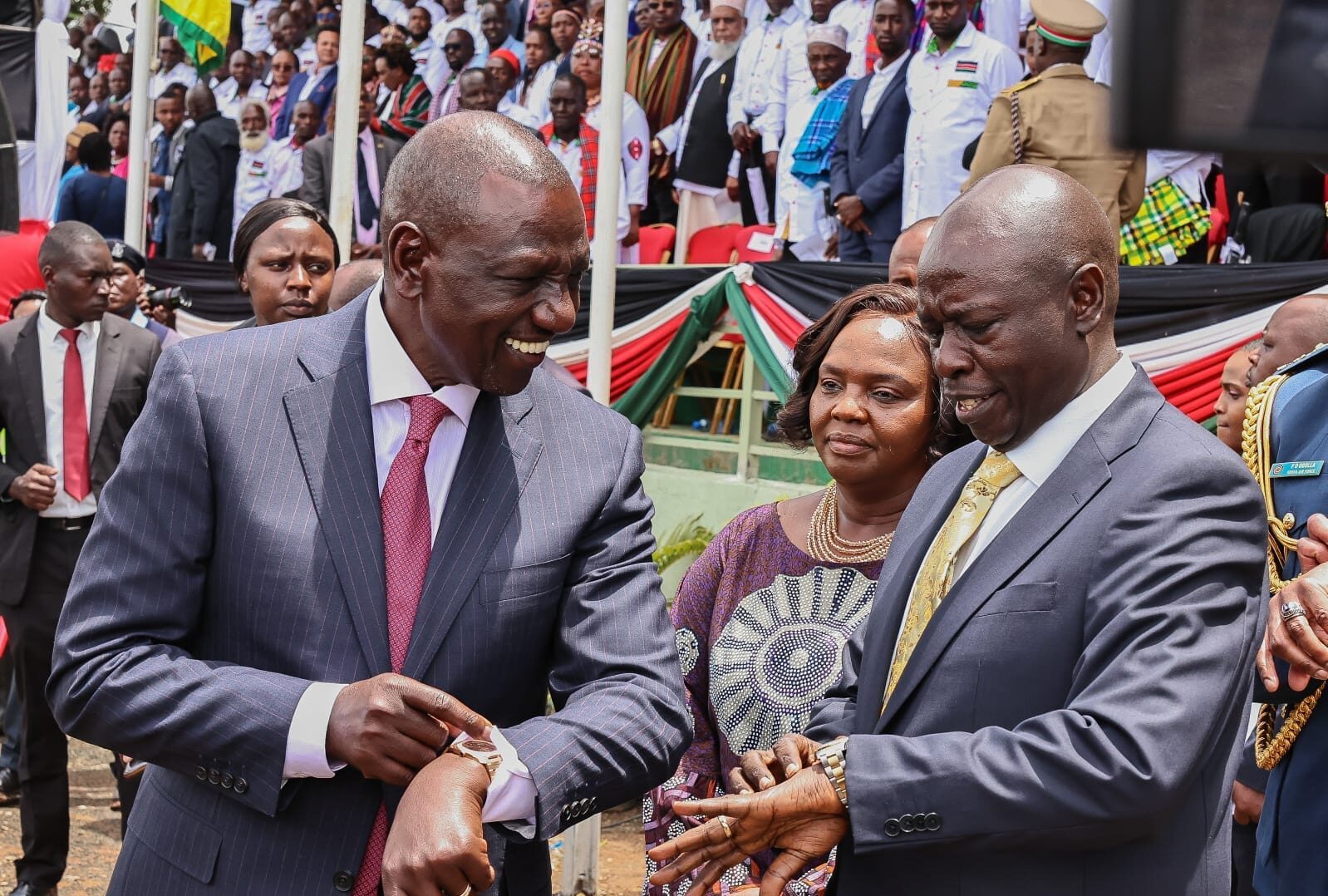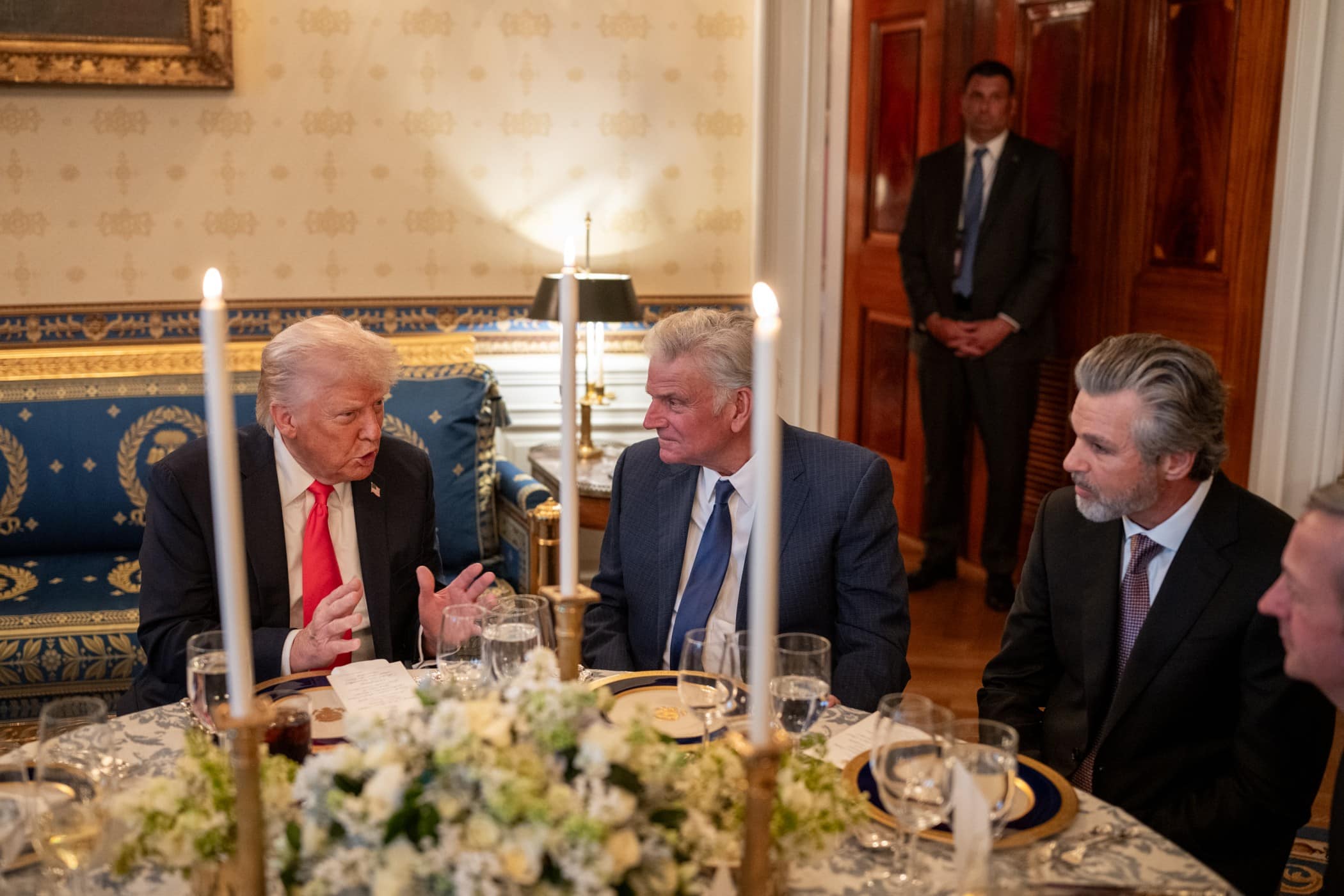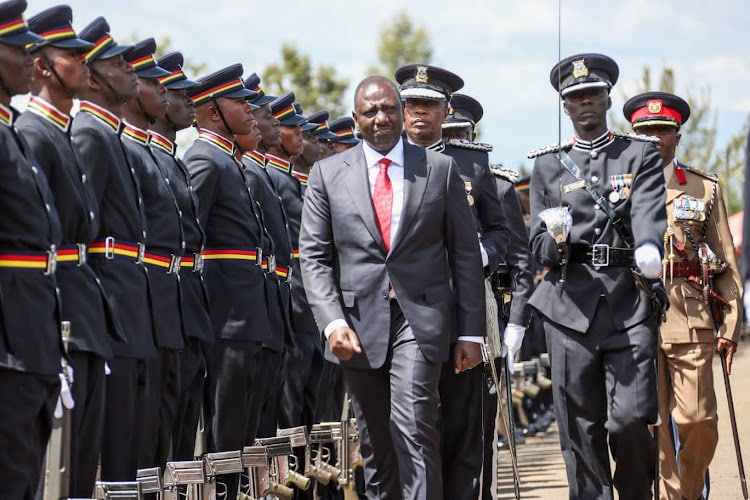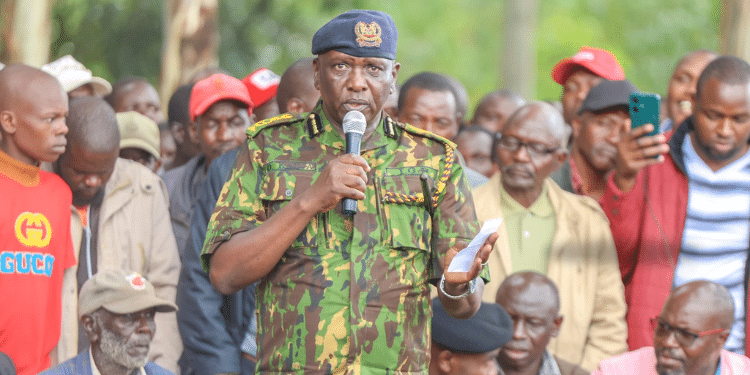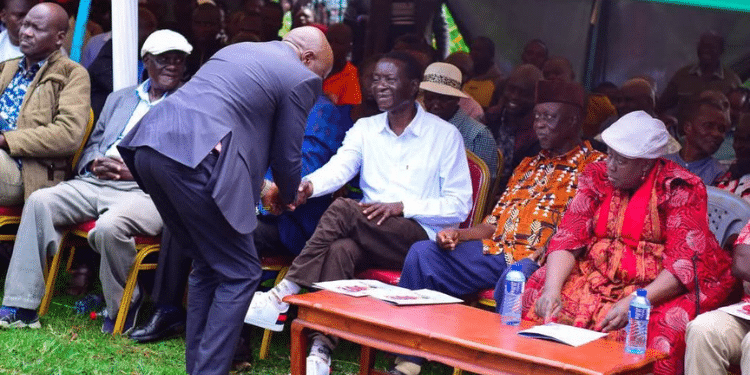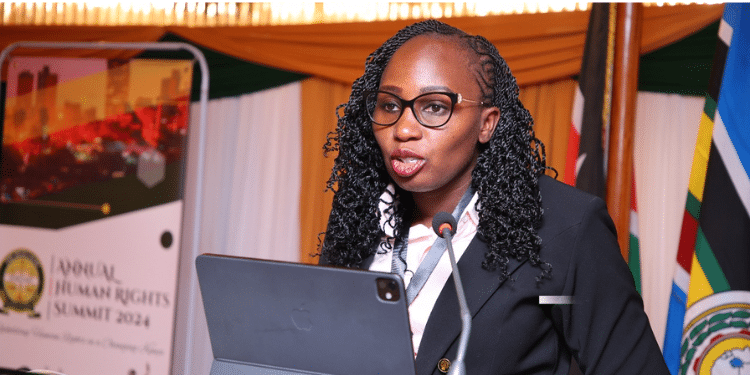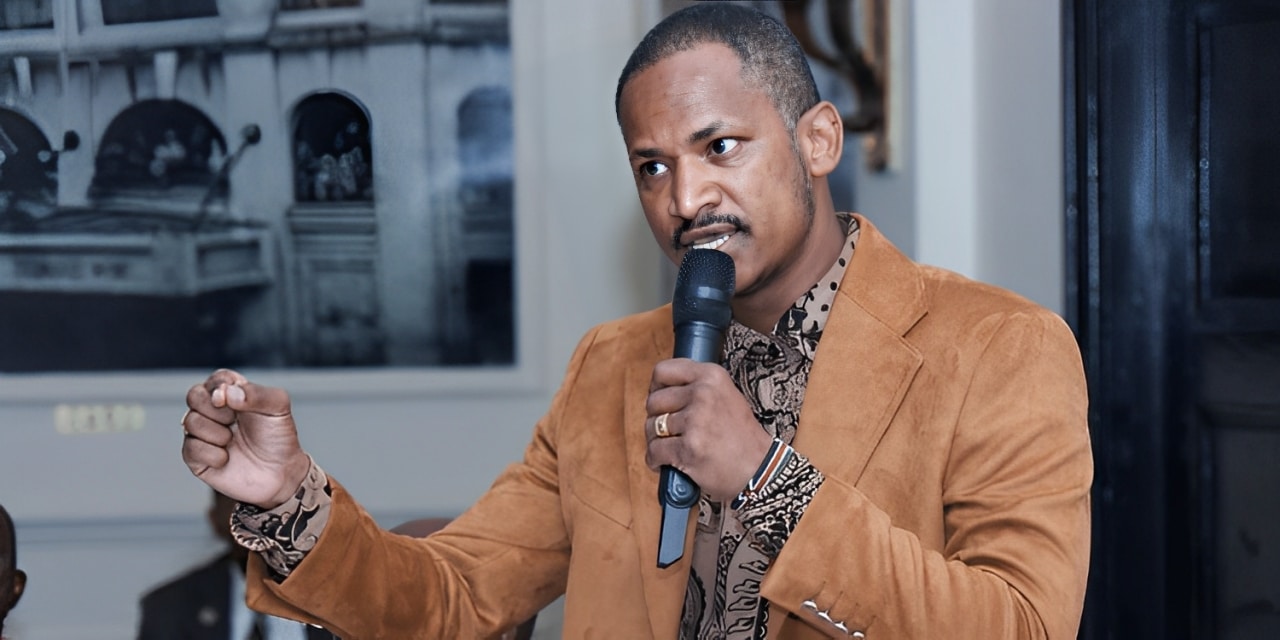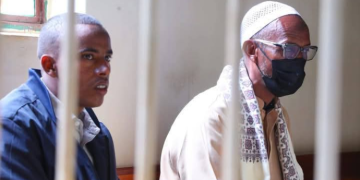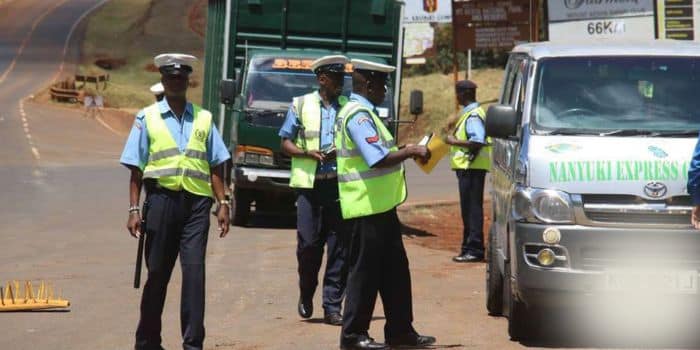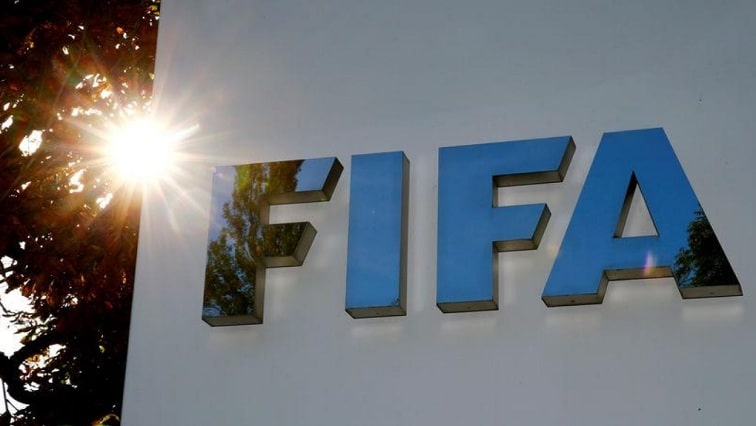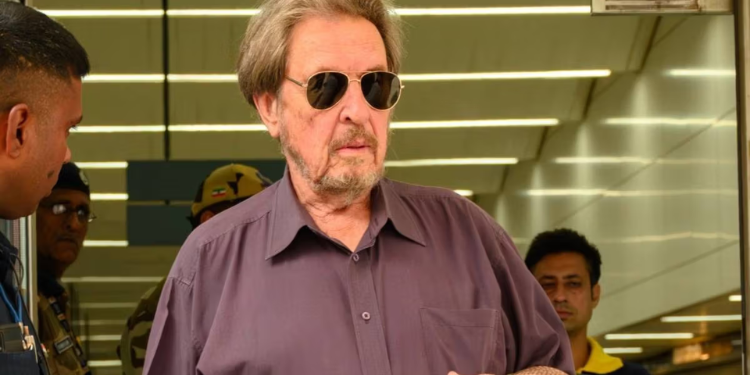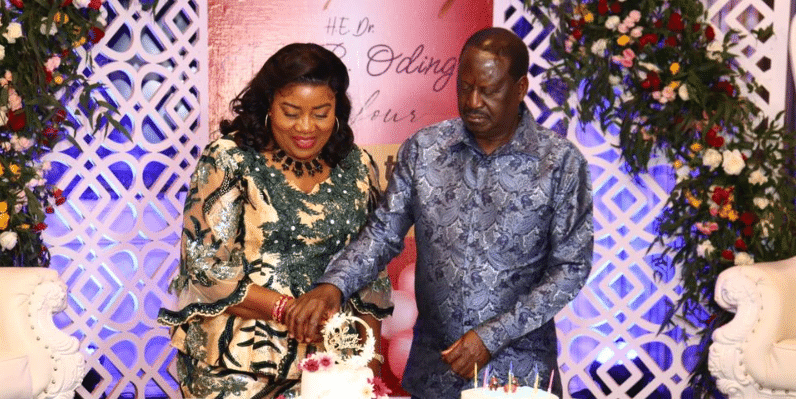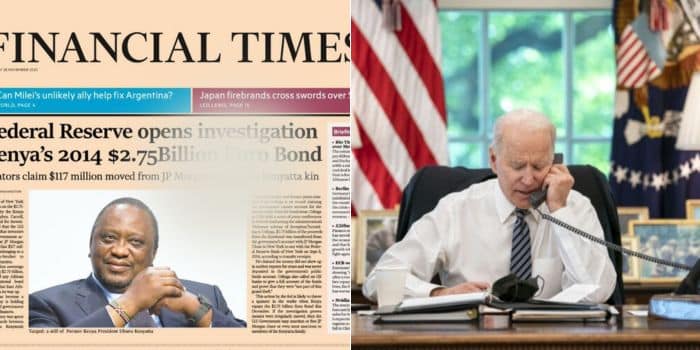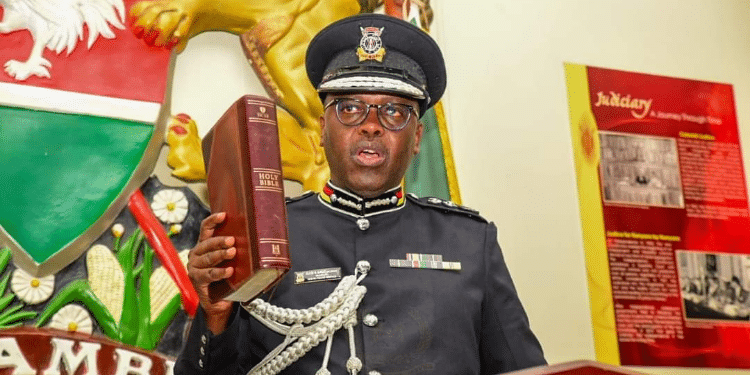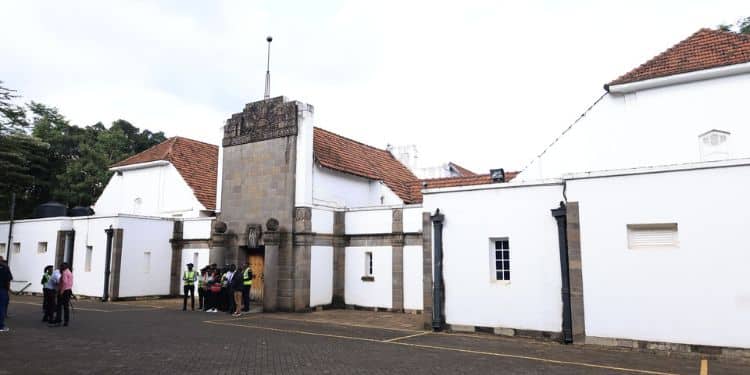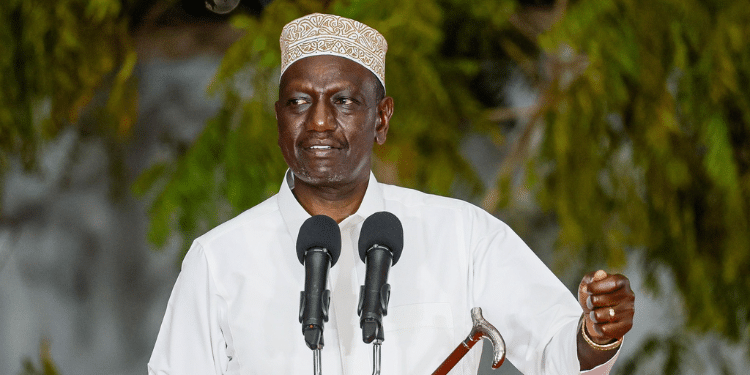An excerpt of The Financial Times’ front page with a story of Kenya’s 2014 Eurobond and former President Uhuru Kenyatta’s photo made rounds on social media for the better part of Thursday, November 30.
The excerpt, purported to be from United Kingdom-based The Financial Times had screaming headline, “US Federal Reserve Opens Investigations on Kenya’s 2014 $2.75 Billion Eurobond”.
The story had attached a photo of former President Uhuru Kenyatta and claimed that the United States Federal Reserve had launched investigations into the Ksh400 billion Eurobond.

To summarize it, the story had alluded to a possible irregular transfer of the money lent to Kenya to an individual’s account.
In addition, the excerpt purported to have been published on November 28 had several features identical to the Financial Times newspaper, including a byline of Demtri Sevastopulo who was alleged to be the author.
Everything including the color, font and branding was giving the highly renowned newspaper.
In its details, the author had indicated that the US government was under pressure from opposition leader Raila Odinga to investigate the trail of the billions transacted in the loan.
“Odinga also called on US banks to give a full account of the funds and prove that they were not part of this grand theft”,” part of the story stated.
“This action by the fed is likely to throw a spanner in the works when Kenya repays the $2.75 billion Euro Bond this December.”
For Kenyans, having Kenyan story in such a newspaper with a circulation spreading across the world would be a big deal and hence the interest.
However, a fact-check by The Kenya Times has established that the excerpt is fake and did not emanate from the British newspaper.
FT author speaks on Uhuru story
In a post on Friday, December 1 morning, Sevastopulo- a US and China correspondent for the newspaper came out on his X account to label the story and excerpt as fake.
In a statement, the journalist called out Kenya Airports Authority Chairperson Caleb Kositany for sharing the photo. Kositany is a close ally of President William Ruto and is former Soy Member of Parliament.
“This is a complete fake. I did not write any story about Kenya,” he stated.
“Mr Kositany, I hope you are more careful about how you run your airports and you should be ashamed for spreading such,” the post read.
A further spot check showed that the Financial Times had on that day, November 28, shared a different front page with stories including Tesla billionaire’s Elon Musk’s meeting in Israel and concerns about Turkey’s increasing war-linked export volumes.
Also Read: Ruto Begs World Bank and IMF for More Loans to Pay Eurobond
Nowhere on the newspaper’s front page was a Kenyan story published or featured.
Persons close to the former President Uhuru Kenyatta also took to their social media to debunk the fake story that had been mistaken by many to be genuine.
Kenyans react to the story
In response to an x user, Jubilee Party’s digital communications strategist and official Pauline Njoroge termed the excerpt as propaganda and even dared to send the real copy of that day’s publication.
Narok Senator also commented on the post stating, “The lies that have been told about Uhuru are sickening … to an extent of faking international newspaper headlines.”
The story about Kenya’s Eurobond came even as Kenya gears up for the maturity of the Eurobond after 10 years in 2024.
Also Read: Boost for Ruto as IMF Agrees to Give Kenya Ksh142 Billion Loan
Kenya is looking to pay up to Ksh259 billion for the first batch starting July 2024.
With recent boosts from lenders including the International Monetary Fund and the World Bank, the government has expressed its confidence of meeting the obligation to dispel the possibility of defaulting the loan.


